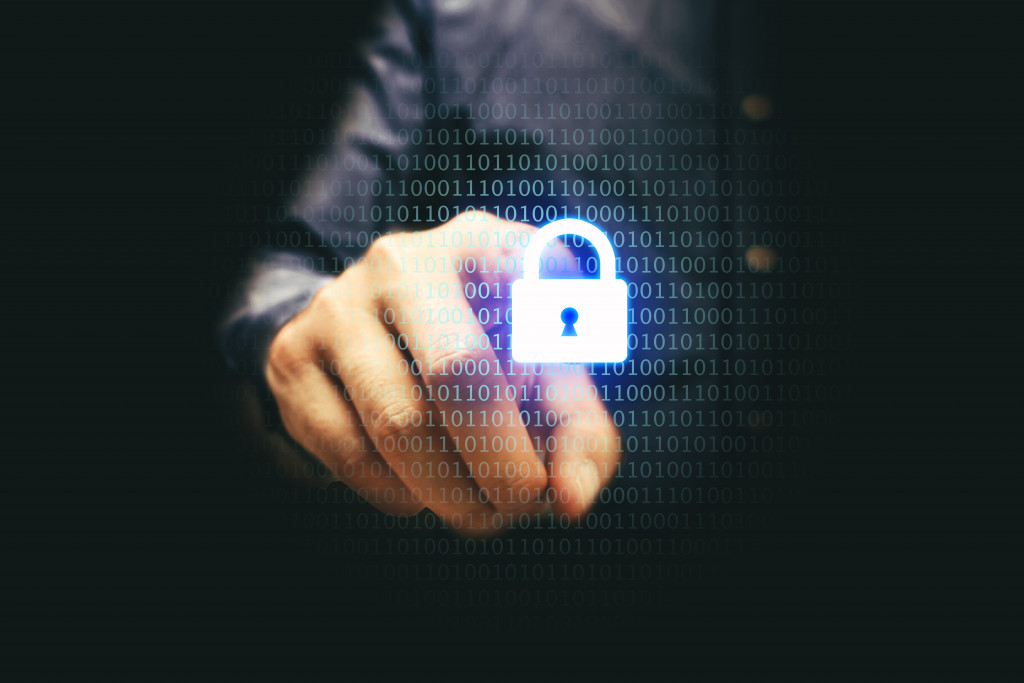Anything can be stolen online. Your password, mortgage details, bank accounts––hackers can get this information with just a few clicks. Identity theft is a real threat, especially in the age of tech and big data. People can end up in jail for things they did not do because of these privacy breaches.
Regularly changing your passwords is a good start. However, it is not the best way to keep your accounts from getting hacked. Adding another layer of online protection, such as two-factor authentication, can help you prevent malicious online attacks.
What is two-factor authentication?
This method, also known as the 2FA or two-step verification, offers another layer of security in your online accounts. Through this method, you need to provide two different ways of identifying yourself whenever you access your online accounts. Unlike single-factor authentication (SFA), which is normally done through a personalized link, code, or a password, 2FAs rely on a user’s primary code (i.e., a password or a custom code) and another verification factor. It could be a security token or a biometric pass, such as a face ID or a fingerprint scan.
With the rise of phishing and theft campaigns, the 2FA is a must-have to prevent an online user from having their data stolen. The 2FA makes it harder for account hackers to obtain access to a device or account because entering the password is not enough to prove that they own an account. Most service providers with online platforms are switching to 2FA methods to protect sensitive data.
Not all authentication factors are the same. It could be a mix of two kinds: a traditional method or a password and another factor.
Knowledge factors are things that other users know, such as a password, a PIN code, or a secret. A possession factor could be a mobile app, a token, or an ID to help approve login requests. Inherence factors use biometrics, or certain parts of the account owner’s body. Facial and voice recognition, as well as thumbprints, are usual inherence factors. Meanwhile, location factors are typically used for apps that require a particular location to be logged in. Authentication is often based on IP address or GPS data. Time factors restrict users in a particular time frame, as logging in could be restricted outside a particular time window.

Will 2FA ensure online account safety?
While 2FA helps reduce your chances of being hacked, it still relies on your knowledge of a password. There is still a chance that your account will be compromised even with a 2FA system. 2FA could be easy to apply and is user-friendly. However, it is still vulnerable to attacks, especially if the 2FA is linked to a personal phone number. Setting up 2FA could also restrict access when you have older devices. Aside from relying on 2FA, here are other ways to protect your personal accounts:
- Avoid suspicious addresses and websites. Many phishing websites mimic sensitive sites like banks and government outlets. Do not confirm your identity unless you are sure that you are in the right link. Access sensitive sites with a secure URL, one with a lock icon, and make sure that the URL in the search bar is accurate.
- Stay alert when using work emails and other related accounts. Spear phishing targets individuals to obtain access to confidential information. Even the wisest employees and executives could be victims of such attacks.
- Be careful when sharing your personal information. When a company asks you to share your personal information, do not divulge details right away. If you think that the contact is not legitimate, ask for another mode of contact to ensure their legitimacy.
- Do not post personal events and other sensitive information online. Hackers can use these to pretend they are you. Keep your social media accounts private and do not accept friend requests and follow requests from people you do not personally know.
Future of online security
Many organizations are looking to improve their security measures through passwordless logins and other related technologies that are also attributed to 2FA. While biometrics are becoming more popular and common, these login options still pose threats to digitally-wary individuals. Passwordless authentication is starting to gain popularity because getting rid of the need to enter passwords can help people log in easily and securely. This could also help with easier account recoveries and reset requests.
In the 21st century, crimes are done digitally. Therefore, we must protect our identity wisely. While 2FA can help add another layer of security, what we post online can be used against us. Think before you click, and think before you give out your details.

















